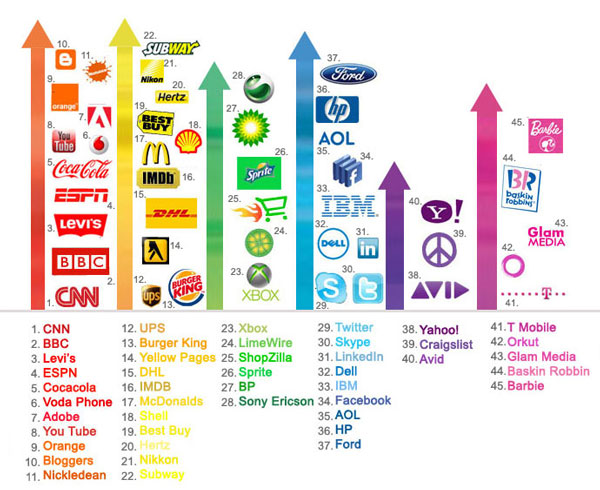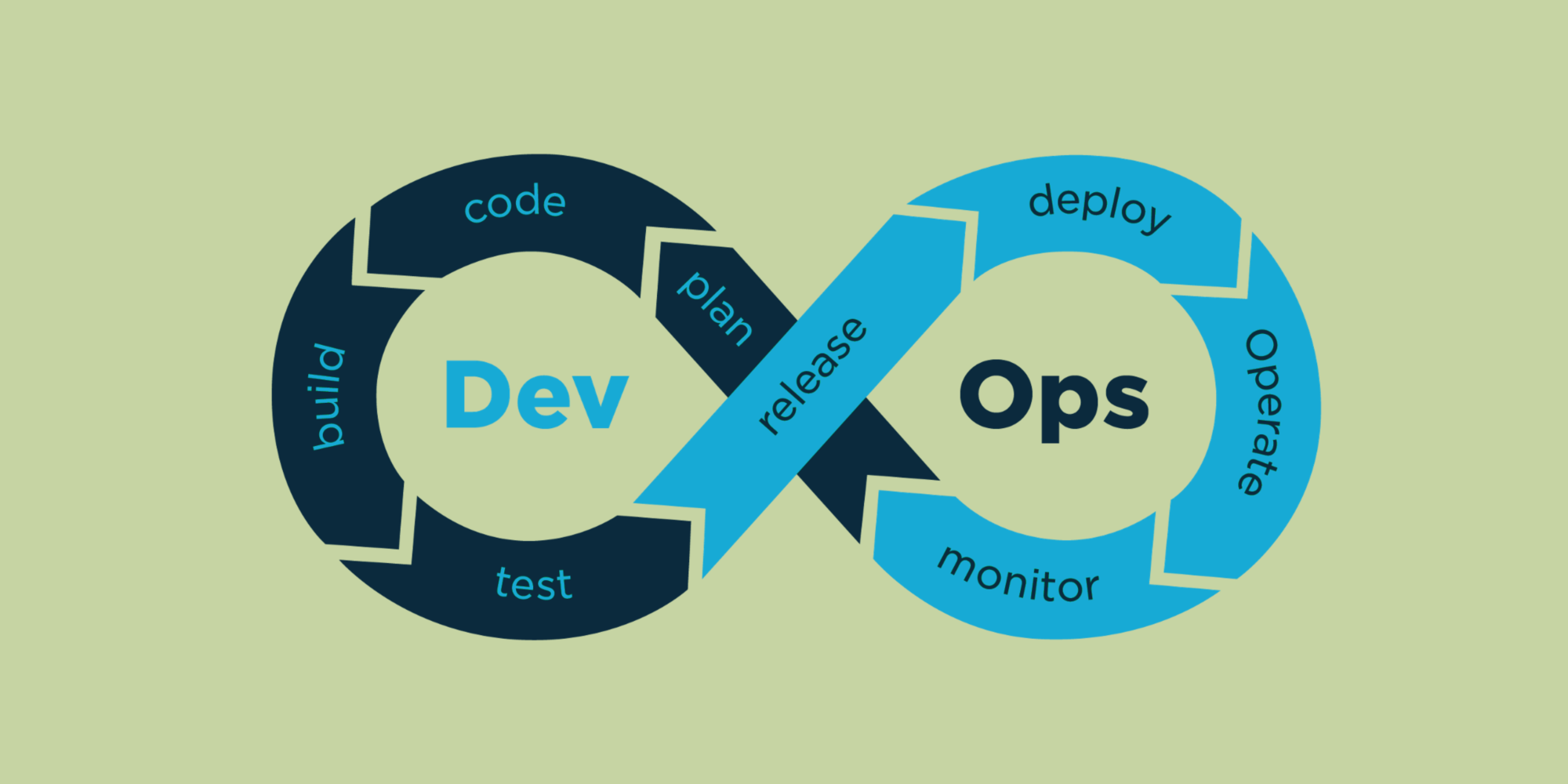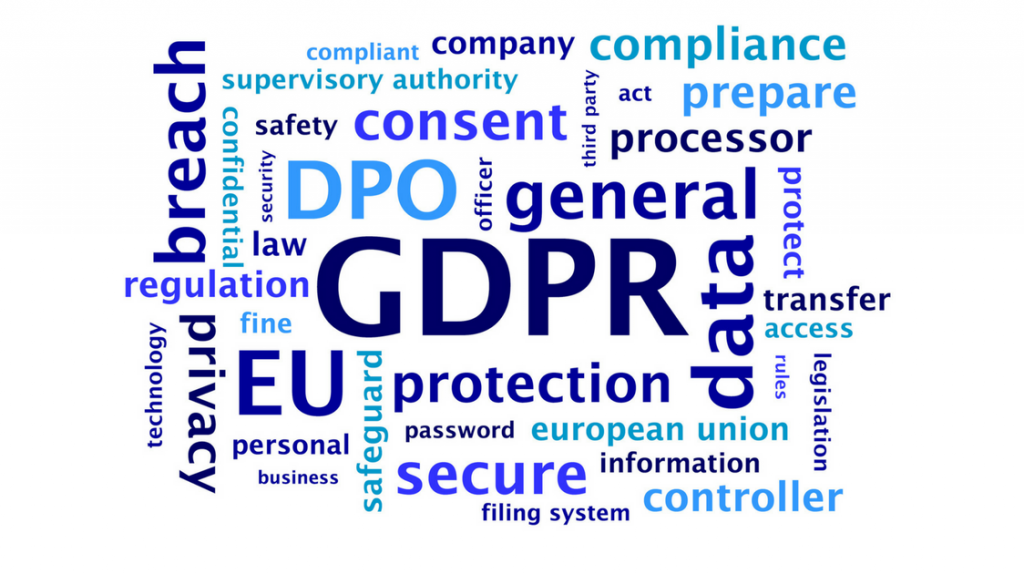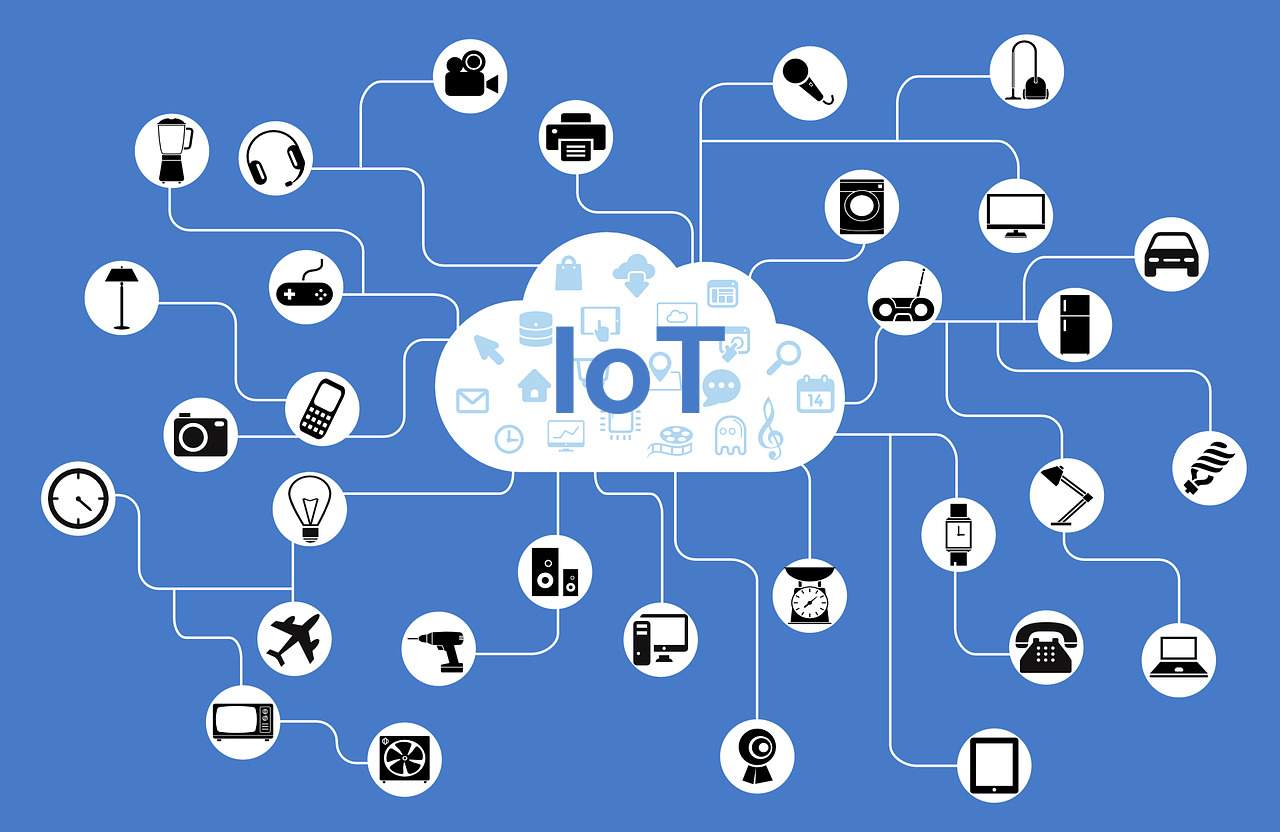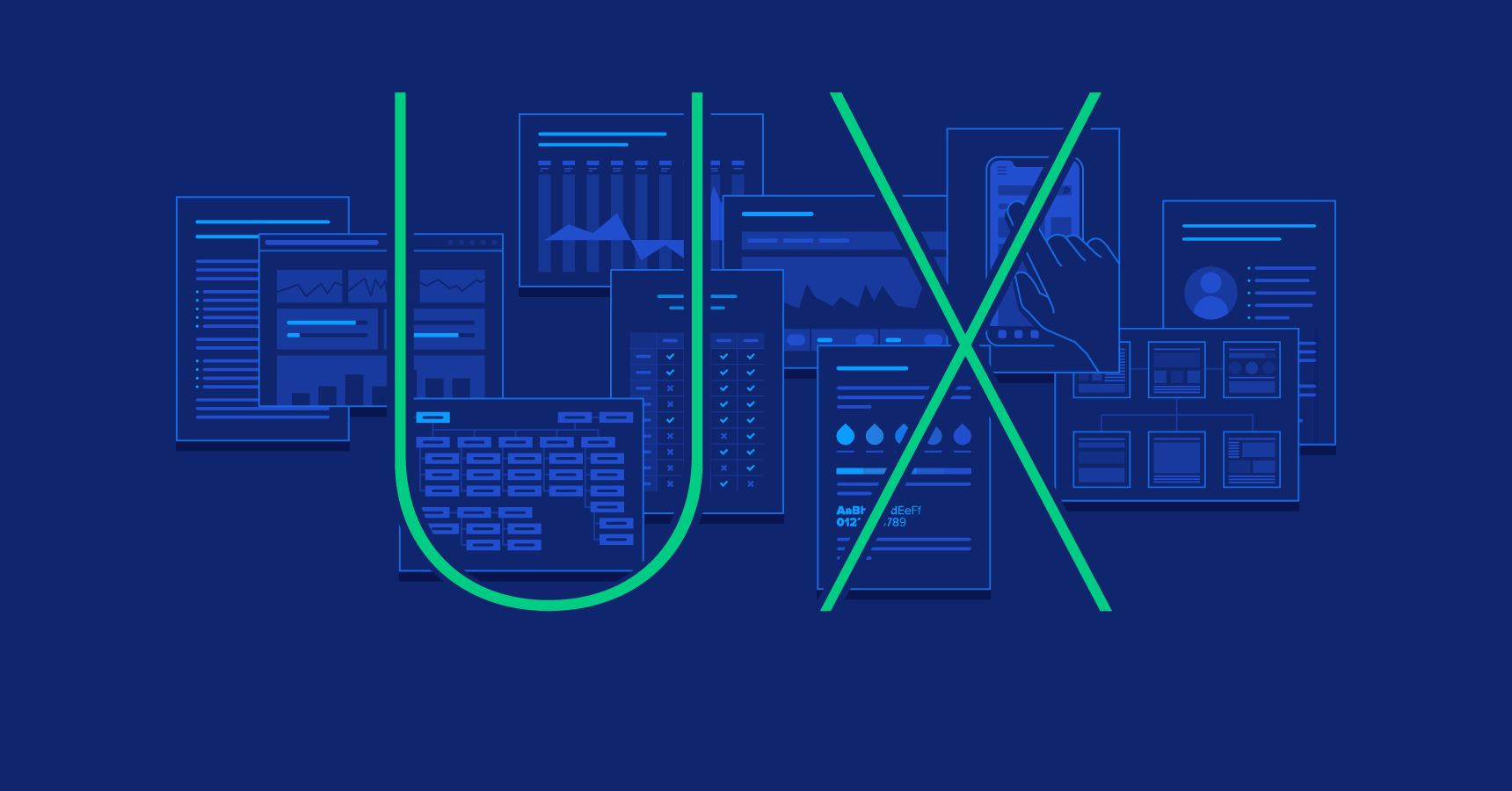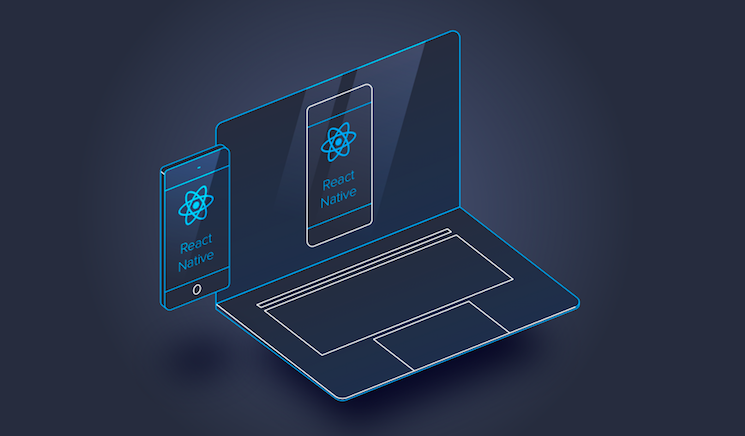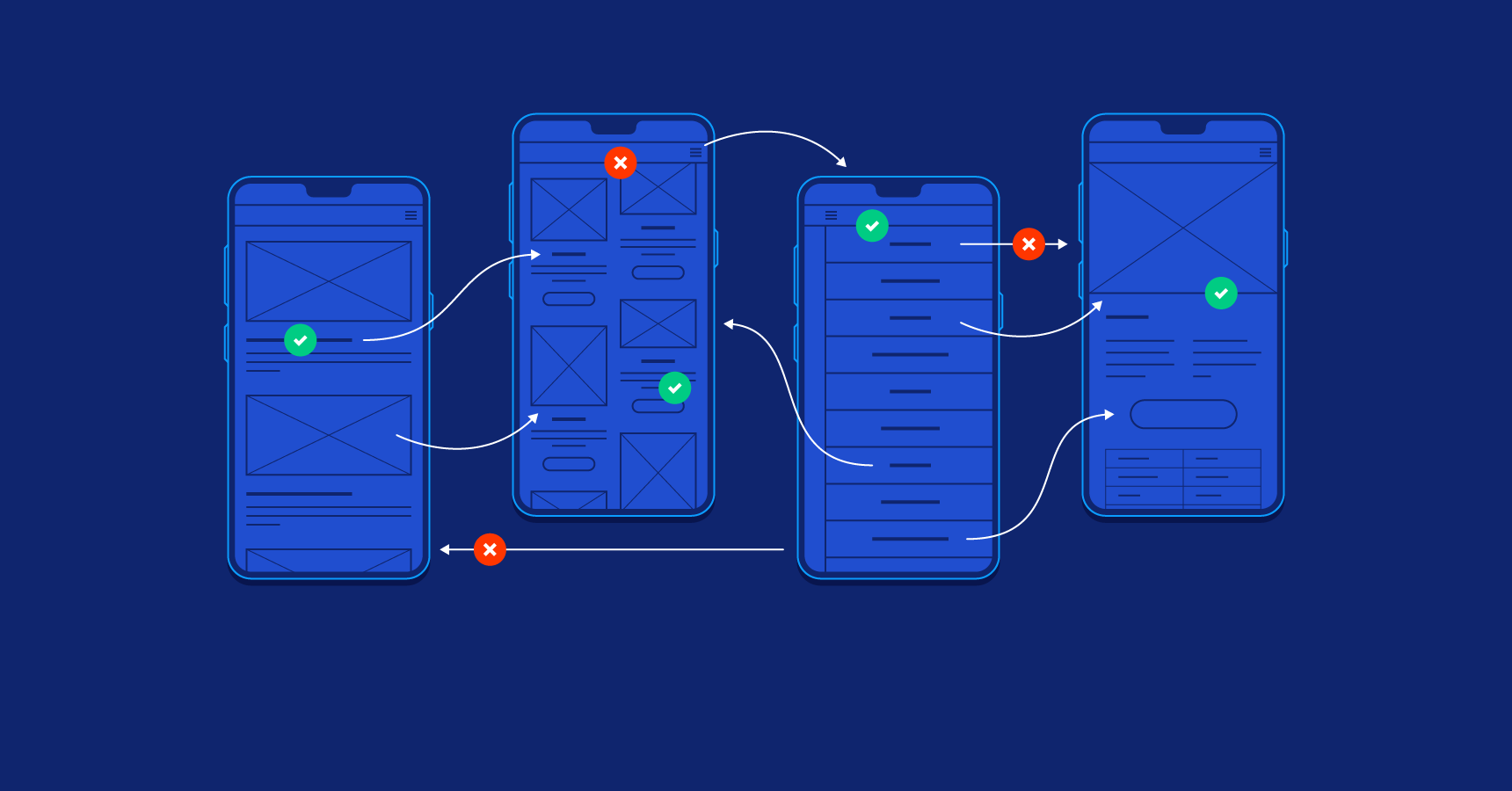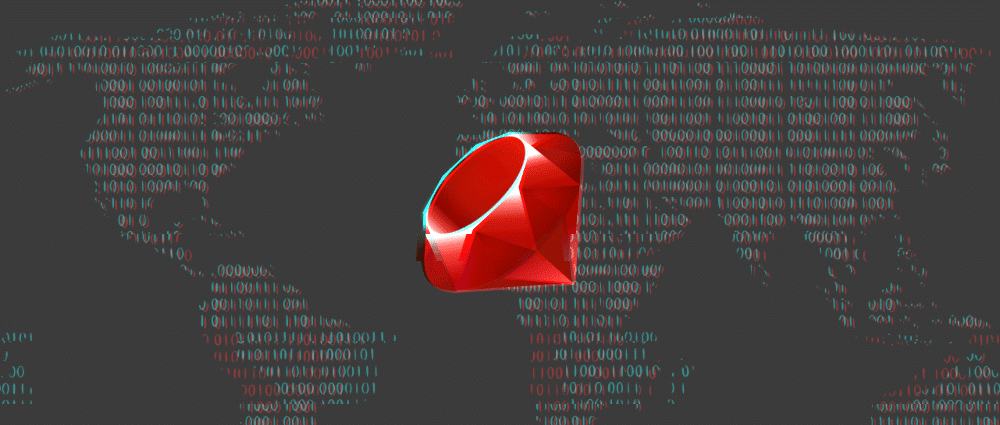Types of threats in cybersecurity

In the last
article, we learned about cybersecurity, its goals and methods of protecting
against cyber threats. In this article, let's look at the types of threats that
we may face.
• Malware
This is software
that, when downloaded by the recipient, harms the device, data, or wants to
disable it. Such programs are often distributed as files via email and then
downloaded by the recipient. Let's look at the most common types of such
programs.
1. Viruses
penetrate devices and systems and then infect them by copying their own code.
By copying their own code, they spread, wasting system resources, thereby
violating its integrity. Violation of the integrity of the system leads to
errors such as deleting files, blocking users, etc.
2. Trojans
penetrate devices under the guise of legitimate software. Then, through
deception, the program is downloaded and the data is stolen.
3. Spyware - with
the help of such programs, attackers monitor data for a certain time, for
example, transactions on a bank card, etc., and then use the received
information for their own purposes.
4. Ransomware.
Attackers encrypt your data and then promise to decrypt it in exchange for
money.
5. Adware is
malicious software that is distributed in the form of advertisements.
• Phishing is an
attack that can be used to obtain confidential information. This type of threat
is usually distributed in the form of links from stores about promotions, etc.
Let's say the recipient follows the link, logs into his online store account,
orders a product and enters his bank information. Thus, the attackers have the
bank card data.
• SQL injection
is a type of threat where malicious code spreads and steals information from a
database.
• “Man in the
middle” (MITM-man-in-the-middle) - in this type of attack, data is intercepted
during its transmission. Let's say information is transmitted from one person
to another, and when it is already sent, attackers intercept it and change it.
Such attacks often occur when there is a connection to an unsecured WI-FI
network.
• DoS-DDoS
attacks or “Denial of Service” - such attacks appear in the form of increased
load on the network or system, as a result of which it stops working. For
example, attackers register on the site in large numbers and thereby load the
network and the system stops working. Such an attack can disable the site,
application and the system itself as a whole.
To summarize, by
taking proper precautions online and being aware, you can prevent dangerous
incidents online and reduce the risk of cyber threats.







